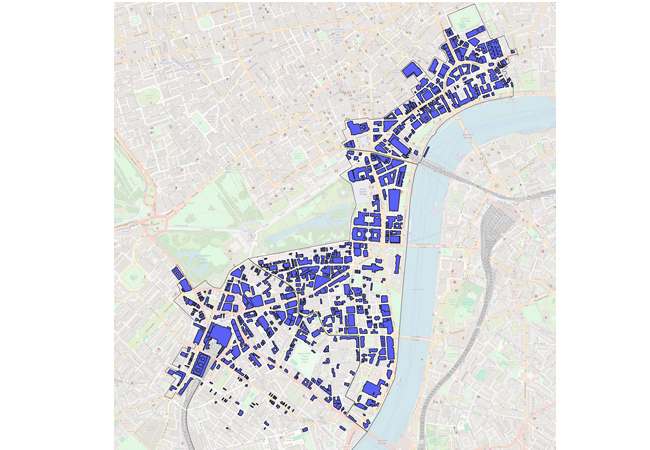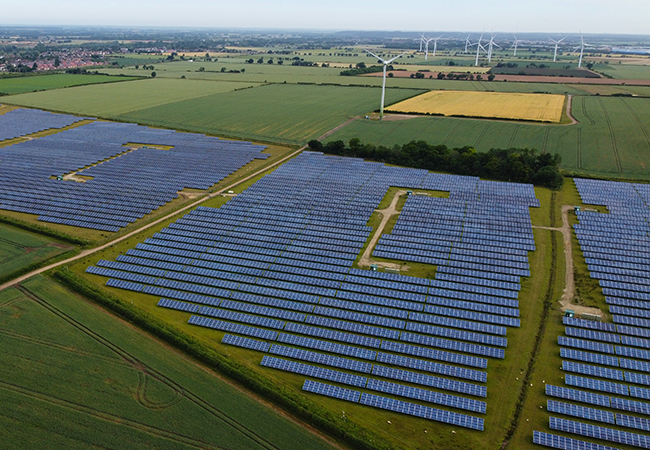London mayor Sadiq Khan is set to meet the government in a bid to unlock the electricity Grid constraints that are threatening to hold back delivery of homes in the west of the capital.
At the end of July, SSEN, which owns and operates the distribution network in that area, told prospective developers there was insufficient electrical capacity for new connections , and that they may have to wait until 2035.
The constraints follow what a Greater London Authority (GLA) briefing note, seen by CIBSE Journal, describes as a ‘rapid influx’ of requests for new electricity connections from data-centre operators seeking to co-locate with fibre-optic cables passing through the west of London, along the M4 corridor, and across the Atlantic.
The current constraints are ‘most acute’ in the boroughs of Ealing and Hounslow, it says.
SSEN operates a queuing system for new connections, which works on a ‘first come, first served basis’, in line with its licence conditions set out by the energy regulator, Ofgem.
SSEN and the National Grid, which runs the electricity transmission network, are understood to be finding ways to maximise opportunities for new connections and resolve existing constraints. These include: improving queue management by reviewing customer connection needs and assessing whether existing capacity is available; better understanding of the phasing of already contracted parties’ electrical requirements; measures to incentivise a more even spread of electricity demand throughout the day; and investigating a review of regulations to potentially enable additional Grid capacity in constrained areas.
A GLA spokesperson said a request for a meeting with the government , issued weeks ago, has now been accepted.
David O’Leary, director of policy at the Home Builders Federation, said the West London constraints offered a hint of the Grid-connection difficulties likely to arise when there was greater uptake of electric vehicles and heat pumps.




